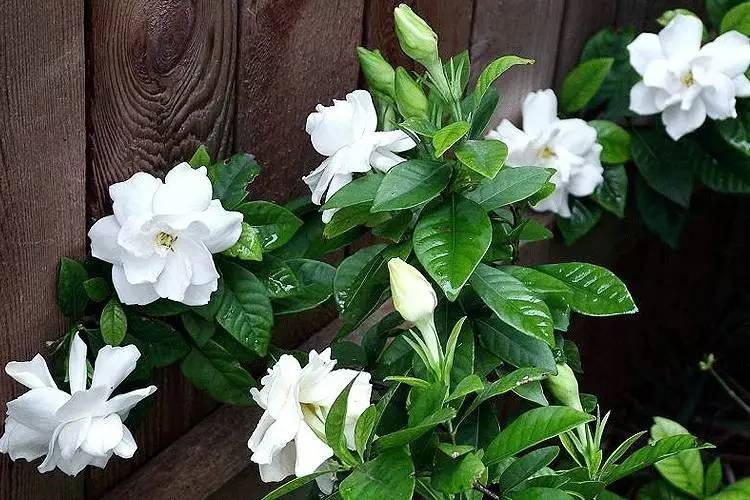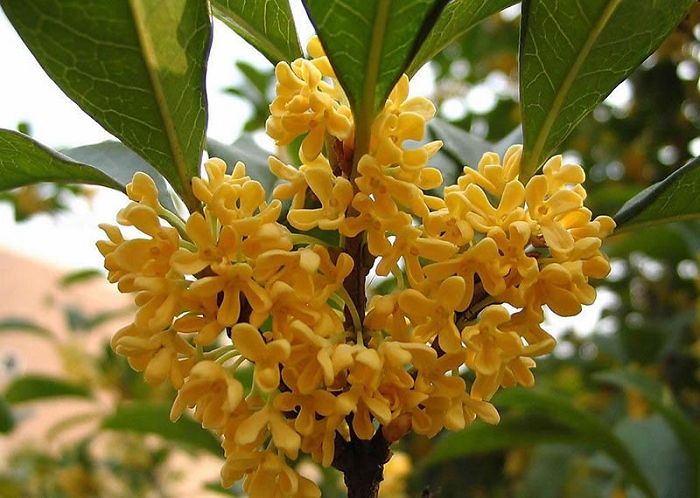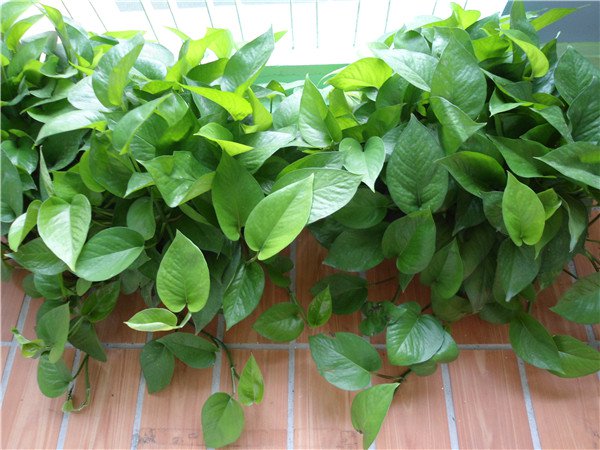How to do gardenia leaves yellowing? what is the reason for gardenia leaves yellowing?
Gardenia leaves turn yellow, flower friends know that gardenia is difficult to raise, and the probability of meeting gardenia leaves yellowing is as high as 90%. This is mainly because gardenia likes acidic soil, while gardenia flower friends who are slightly alkaline in soil and water in many places in the north know that gardenia is difficult to grow, and the probability of yellowing gardenia leaves is as high as 90%, mainly because gardenia likes acidic soil. While the soil and water in many places in the north are slightly alkaline, this paper is a flower friend using a spoonful of vinegar to solve the yellowing process of gardenia leaves, although simple, but very effective.
Analysis and solution of yellowing of Gardenia leaves

Sunshine problem
Cultivation of gardenia is generally semi-overcast, can not directly bask in the sun, although nothing happens in the morning, but now the temperature gradually increases the sun is also relatively strong, even if there is light in the morning is not suitable for gardenia, not to mention gardenia only in the semi-overcast environment to grow can be satisfied, do not need to bask in the sun, and if the sun is outside, the wind will be dry, not conducive to the growth of gardenia.
Humidity problem
The growth environment requires high air humidity, which is generally between 70 and 90%. When the humidity is low, the gardenia will show wilting and drooping leaves. If it can not be controlled, there will be yellow leaves, fallen leaves and other adverse reactions.
Watering problem
Gardenia needs to grow in an acidic substrate. But this kind of soil generally dries faster and needs to be watered frequently. Plants will wilt if they are watered too much for a long time, as well as if they are short of water. Watering should be carried out in dry wetlands on the premise of keeping the basin soil moist. Do not let the basin soil for a long time too wet and drought, otherwise it will affect the normal growth.
Fertilization problem
Fertilizer can be applied frequently with light fertilizer, do not apply thick fertilizer, raw fertilizer, it is better to apply rotten organic fertilizer when fertilizing, or the fertilizer liquid made from mature organic fertilizer (chemical fertilizer can also be) can be diluted and poured in the basin soil, usually once every semimonthly. Too thick fertilizer will burn gardenia, the leaf wilting is low, serious direct death.
Temperature
Too low temperature, too low temperature will also cause leaf yellowing, as long as it is moved into the high temperature.
The leaves of Gardenia jasminoides turn yellow, in addition to the above routine effects, the reasons for yellowing are as follows:
Long-term stagnant water in the roots causes rotten roots: therefore, it is not suitable to plant in low-lying places, potted plants should not be watered too much, or the fertilizer concentration is too high, or some organic fertilizers that are not yet fully mature are applied, causing burns to the young roots and yellowing the leaves.
Long-term drought: long-term drought, serious water loss of rhizosphere soil, root system can not absorb enough water, resulting in bottom-up leaves yellowing, or even fallen leaves, this situation is common in potted gardenia. Therefore, it is appropriate to keep the basin soil moist and avoid being too dry.
The leaves of Gardenia jasminoides often turn yellow in the process of growth, which is mostly caused by the imbalance of cultivation and management. Too much water, too little sunlight and too little fertilizer will cause leaves to turn yellow, but the situation of yellowing is different, so we should carefully observe and analyze the reasons and correct them.
Water yellow: the young leaves are dark yellow and dull, the old leaves have no obvious change, the branches are small and yellow-green, and the new shoots are not long, indicating that they are overwatered. Remove the flowers from the pot and place them in a ventilated, cool, self-drying soil mass and then put them back into the basin.
Dry yellow: lack of water yellow is different from water-rich yellow, water-deficient yellow is leaf tip or edge withered, dry, old leaves withered and yellow shedding from bottom to top, but the growth of new leaves is relatively normal. Pay attention to watering enough and thoroughly.
Burning yellow: the strong sun shines directly on some shade-loving flowers (such as hanging orchids, hairpins, etc.), which can easily cause the withering of the leaves' tips and edges, and macula in the sunny part of the leaves. Just move to the shade.
Lack of light and yellow: put in a shady environment for a long time, the leaves can not get enough sunlight, can not form chlorophyll, the whole leaves turn yellow and then fall off, supplementary light can avoid the disease.
Fat yellow: flowers yellowing caused by excessive fertilization or excessive concentration, showing dry brown at the tip of new leaves, generally thick and dull, concave and convex, and old leaves are scorched yellow and shedding. Fertilizer should be stopped immediately and some fertilizers should be washed with a large amount of washing.
Lack of fat yellow: the color of the young leaves becomes lighter, yellow or light green, while the old leaves are more normal or gradually change from green to yellow. Check the basin soil, if there is a dry knot phenomenon should change the soil, usually apply thin fertilizer frequently and pour some alum at the right time.
Time: 2019-04-18 Click:
- Prev

The reason why sweet-scented osmanthus does not bloom. When will sweet-scented osmanthus blossom?
Sweet-scented osmanthus does not blossom and is lack of nutrients. Sweet-scented osmanthus like fertilizer, some potted sweet-scented osmanthus, several years did not change the pot to change the soil, resulting in insufficient nutrition, root knots can not be extended, affecting flowering. Sweet-scented osmanthus likes light and is suitable for growing in acidic soil, but according to this reader, the growing environment of sweet-scented osmanthus can be said to be quite bad.
- Next

How to do green radish leaves yellow, integrate 8 kinds of green radish leaves yellow analysis
Green radish leaves yellow, most flower friends home doors and windows are closed, will lead to indoor air circulation, and green radish growth needs to be well ventilated environment, so, will lead to green radish leaves begin to yellow. Yellowing leaves is one of the most common diseases of green radish.
Related
- Fuxing push coffee new agricultural production and marketing class: lack of small-scale processing plants
- Jujube rice field leisure farm deep ploughing Yilan for five years to create a space for organic food and play
- Nongyu Farm-A trial of organic papaya for brave women with advanced technology
- Four points for attention in the prevention and control of diseases and insect pests of edible fungi
- How to add nutrient solution to Edible Fungi
- Is there any good way to control edible fungus mites?
- Open Inoculation Technology of Edible Fungi
- Is there any clever way to use fertilizer for edible fungus in winter?
- What agents are used to kill the pathogens of edible fungi in the mushroom shed?
- Rapid drying of Edible Fungi

